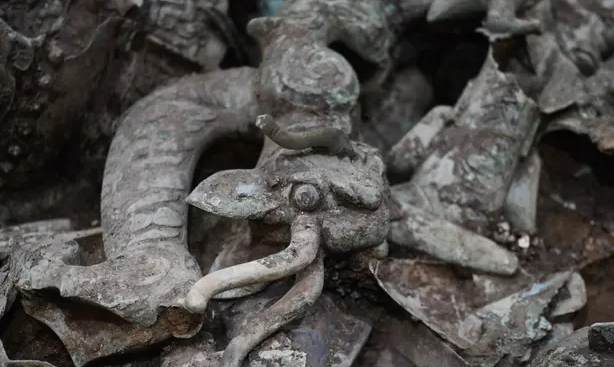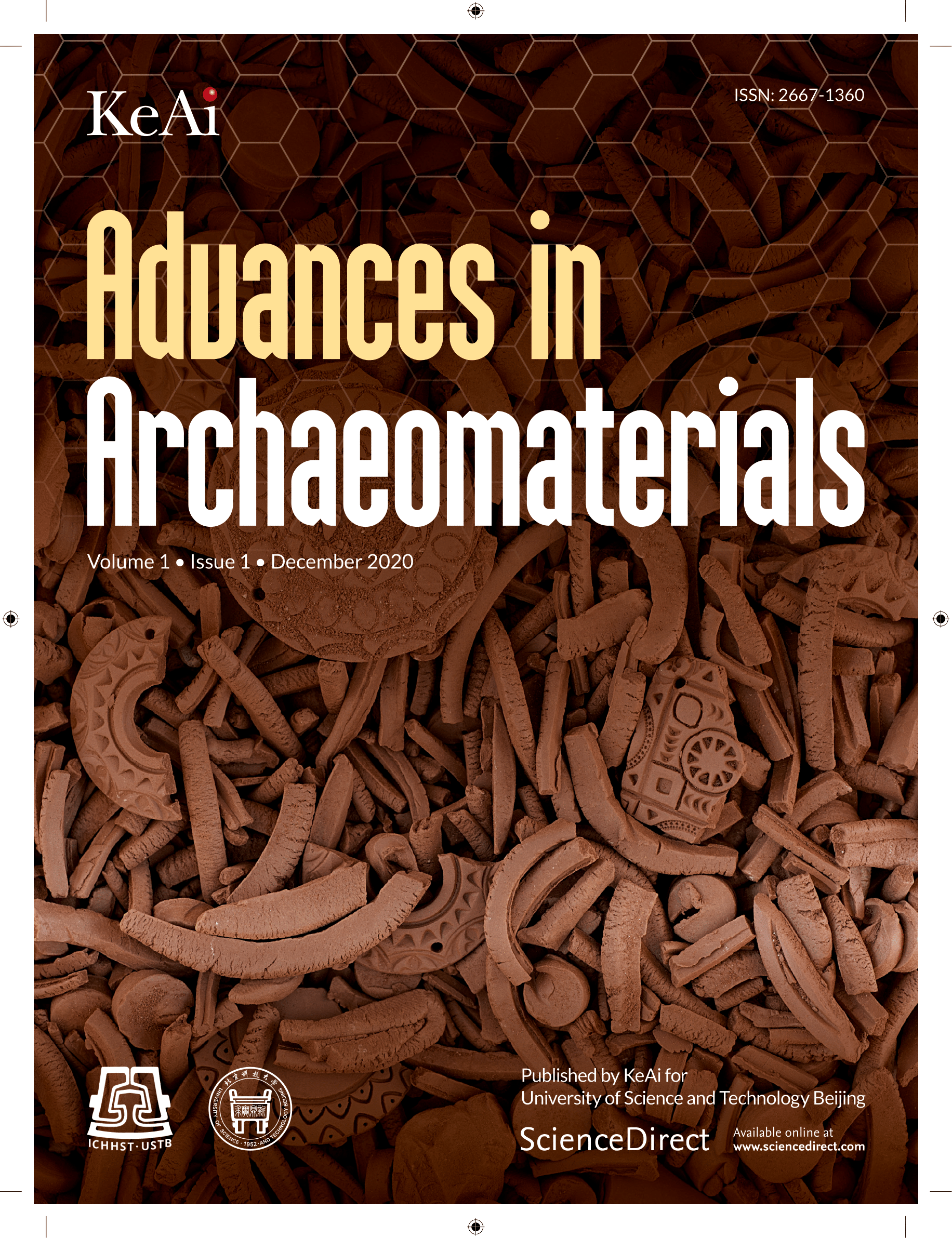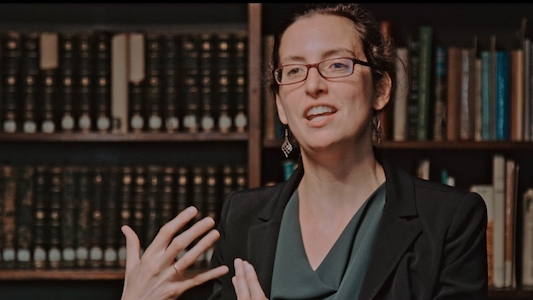“Scales of Social, Environmental and Cultural Change in Past Societies” is the topic of the 7th International Kiel Conference of the Johanna Mestorf Academy (JMA). It will be held at Kiel University from 13 to 18 March 2023. Researchers from all disciplines dealing with this topic are invited to submit abstracts for talks or posters for the conference as of now.
SEAA News Blog
New fieldwork or research discoveries? Upcoming conference or workshop? New job opening or fellowship posting? New book?
Share the latest news of your work with your colleagues, advertise for job or fellowship openings, find participants for your conference session and more on the SEAA blog.
Guidelines: All posts should be related in some way to East Asian Archaeology. When writing your post, please use capital letters for surnames. Original script (Chinese, Korean, Japanese) for East Asian place names, personal names, or archaeological terms is encouraged. For the transcription of East Asian language terms, Pinyin for Chinese, Hepburn for Japanese, and the Korean Government System (2000) for Korean is encouraged.
Contributions should be limited to around 500 words and 1-2 images. For longer descriptions of your projects, you may consider the Reports section of the Bulletin (BSEAA).
Members can submit their news posts to the SEAA web editor via the website (see SEAA Members' Area for details and instructions on blog submissions) or via email. Non-member contributions are also welcome and may be submitted via email to the SEAA web editor.
The editor(s) reserves the right to carry out minor editing, or to decline contributions inappropriate to the objectives of SEAA.
The SEAA Community might be interested in the following. Since 2019, Dr. Paula R. Curtis has been compiling information on academic-oriented job postings related to East Asia. They are accessible from her webpage via the following link: http://prcurtis.com/projects/jobs2022/?fbclid=IwAR03b6DSYaFBYUmhyO98w0J…
Postdoctoral Position in Archaeology, Stanford University
The Max Planck Institute for the History of Science, Berlin, Department III: Artifacts, Action, Knowledge, directed by Prof. Dr. Dagmar Schäfer, seeks one Postdoctoral Fellow for three years, for the Working Group “Visualization and Material Cultures of the Heavens in Eurasia and North Africa (1400 BCE – 1700 CE),” with a 100% employment contract, TVöD-Bund pay scale (E13). The earliest starting date is January 2023.
To apply, please submit the following documents:
TENURE-TRACK PROFESSOR IN ARCHAEOLOGY
School: Harvard University
Department/Area: Anthropology
Position Description:
Megaliths of the World, edited by Luc Laporte, Jean-Marc Large, Laurent Nespoulous, Chris Scarre, Tara Steimer-Herbet, brings together the latest research on megalithic monuments throughout the world. Many of these sites are well known, others less familiar, yet equally deserving of close attention.
Check out this video highlight by our local organizers showcasing the SEAA9 conference: https://www.youtube.com/watch?v=J_gMKESaFKY
"Researchers have deciphered enigmatic recipes for metal-making contained in an ancient Chinese text, revealing unexpected complexity in the art at the time.
Six chemical formulas are given in a Chinese text from 300BC known as the Kaogong ji. The manuscript, known as The World’s Oldest Encyclopedia of Technologies, forms part of a detailed archive of early imperial rule, which archeologists have been trying to decode since the 1920s."
Great news! The journal Advances in Archaeomaterials is now indexed in the DOAJ! The journal publishes synthesis of recent advances in the field as well as new original research and translations of articles originally published in languages other than English to make them available to a wider audience. Special issues are also considered.
Our China Stories (People's Daily Online) recently featured Dr. Anke Hein, the incumbent president of SEAA. You can watch the interview via the following link on Youtube: https://www.youtube.com/watch?v=_j51_mNpISA
The English and Chinese versions of the text of the interview are also available. Please see the following:
English version: http://en.people.cn/n3/2022/0628/c90000-10115988.html



